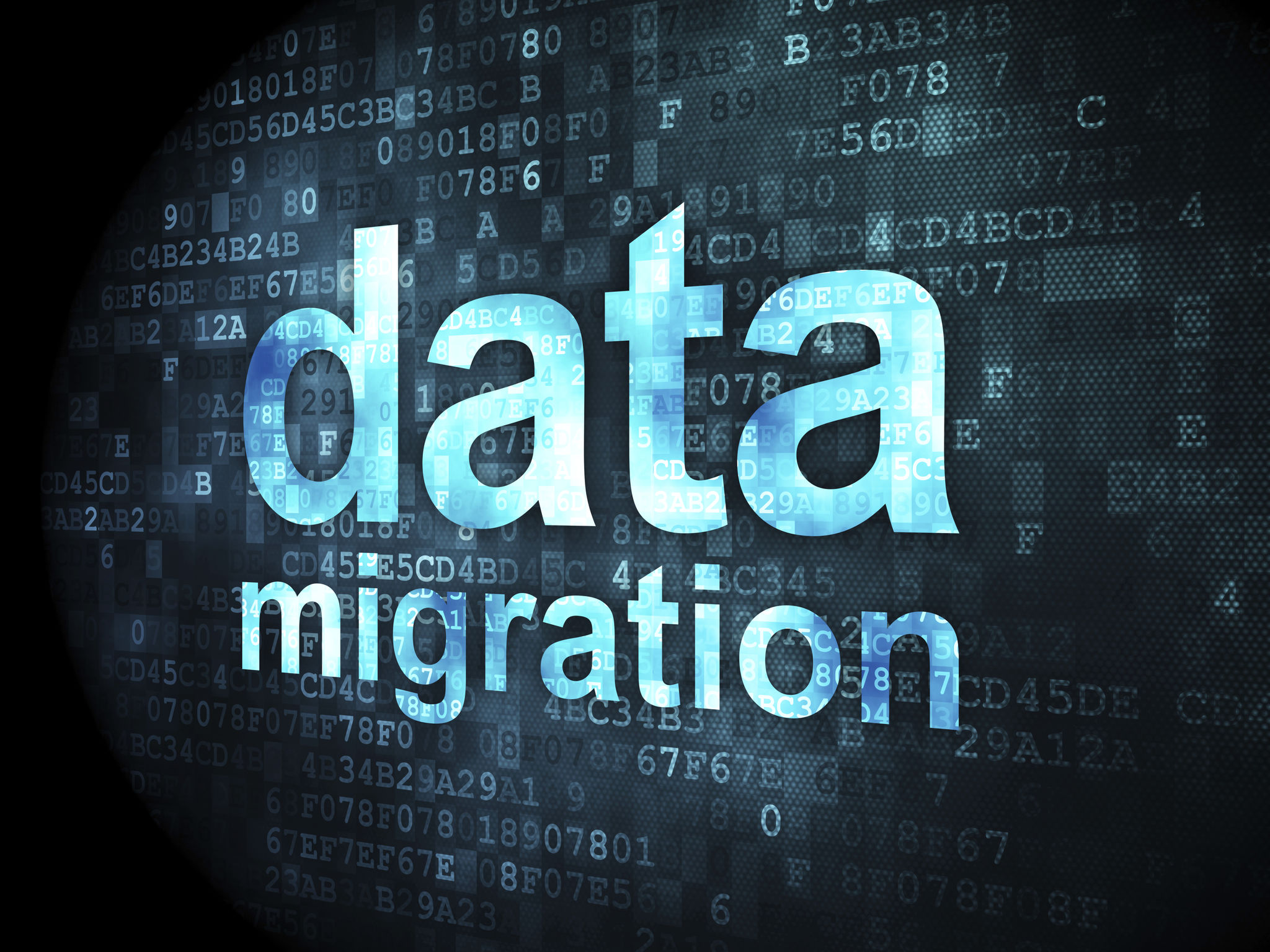A Step-by-Step Guide to Data Migration Using Cloud Application Programming
Understanding Data Migration
Data migration is an essential process for organizations looking to modernize their IT infrastructure or move to cloud-based solutions. It involves transferring data from one system to another, ensuring that it remains intact and accessible. With the rise of cloud computing, data migration has become more streamlined, but it still requires careful planning and execution.
Moving data to the cloud can offer numerous benefits, such as increased scalability, improved accessibility, and enhanced security. However, it also presents challenges that need to be addressed. Organizations must ensure that data integrity is maintained throughout the migration process to avoid any disruptions in business operations.

Preparing for Migration
Assess Your Current Data Landscape
Before embarking on a data migration journey, it's crucial to assess your current data landscape. This involves understanding the types of data you have, where it's stored, and its volume. Conducting a detailed audit will help you identify any potential issues that could arise during the migration process and allow you to plan effectively.
Define Your Migration Strategy
A comprehensive migration strategy is key to a successful data migration. This strategy should outline the objectives of the migration, the timeline, and the resources required. Consider whether you will migrate all your data at once or in phases. A phased approach can minimize risks and allow for testing at each stage.

Executing the Migration
Select the Right Tools
Choosing the right tools is critical for a smooth migration. Cloud application programming interfaces (APIs) offer robust solutions for data transfer, ensuring efficiency and accuracy. Select tools that are compatible with your existing systems and meet your specific needs.
Testing and Validation
Once you've migrated a portion of your data, it's essential to conduct thorough testing and validation. This step ensures that the data has been transferred correctly and is functioning as expected in the new environment. Testing should be conducted with real-world scenarios to identify any potential issues before fully going live.

Post-Migration Activities
Monitoring and Optimization
After completing your data migration, continuous monitoring is necessary to ensure everything operates smoothly. Use analytics tools to track performance and identify areas for improvement. Monitoring helps in quickly addressing any issues that may arise and optimizing your new system's performance.
User Training and Support
Finally, it's important to provide training and support to users who will interact with the new system. This ensures they are comfortable with the changes and can make full use of the new capabilities. Offer resources such as training sessions, user guides, and a dedicated support team to assist during the transition.

By following these steps, organizations can achieve a seamless data migration process using cloud application programming. With careful planning, execution, and support, businesses can leverage the full potential of cloud solutions while maintaining data integrity and continuity in operations.